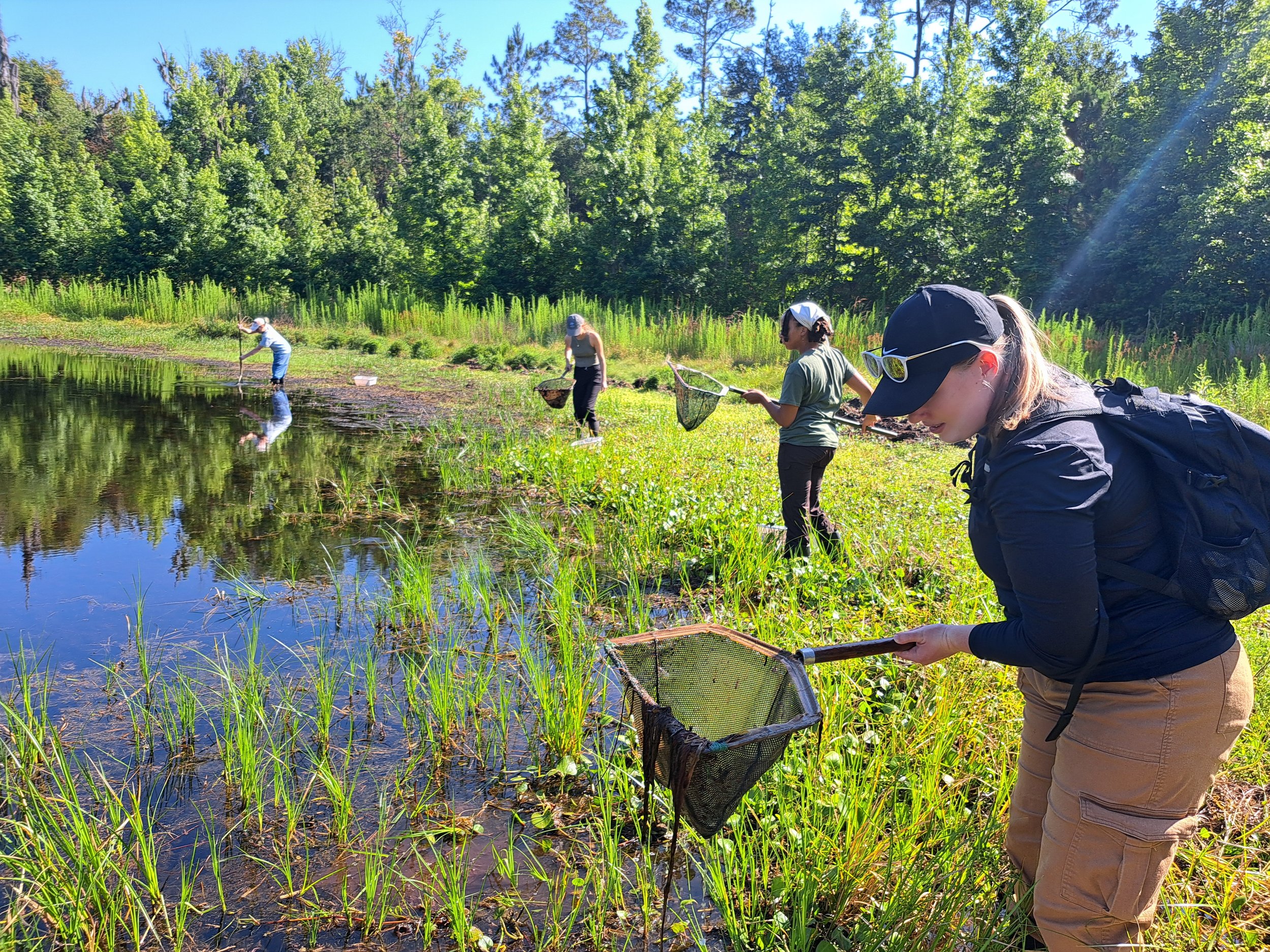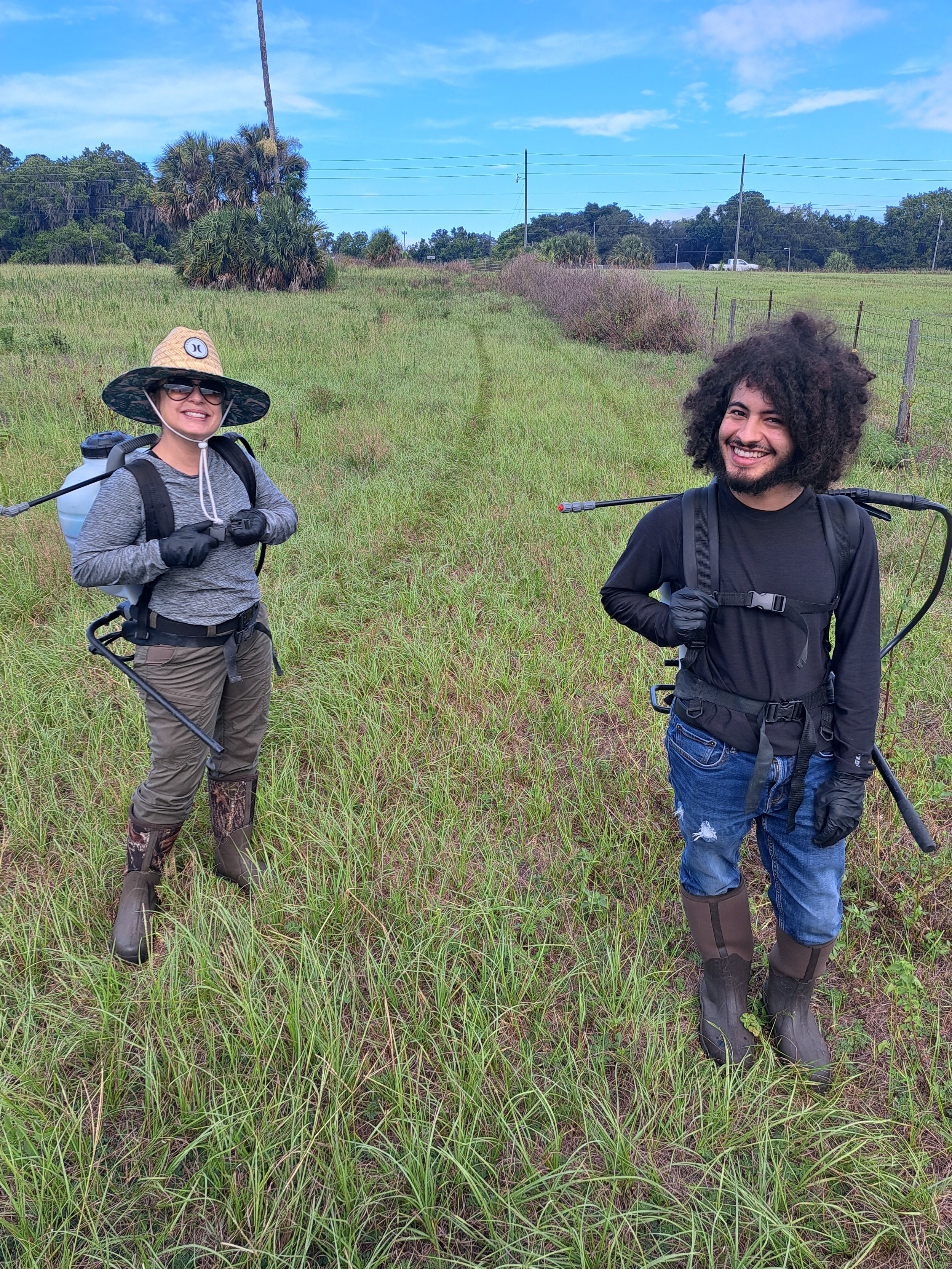We don’t like to think about death—not because we don’t know it’s coming, but because we don’t know how to control it. As humans, we crave order, clarity, and the ability to shape what comes next. Death, by its very nature, seems to rob us of that control. What will happen to the things we’ve built? The people we love? The values we hold most dear? These questions—when left unaddressed—create stress, fear, and often a quiet chaos beneath the surface of our everyday lives.
But what if planning for the end could actually bring us peace in the present? What if preparing a legacy could offer a sense of meaning, clarity, and even comfort—not just to our loved ones, but to ourselves?
The Root of Avoidance
We put off estate planning for the same reason we avoid cleaning the attic or organizing old boxes: it forces us to face the passing of time. But death isn’t just a marker of time—it’s a reminder that we won’t always be here to direct what happens next. That thought alone can leave us feeling unmoored.
Many of us spend our lives building things: families, homes, careers, communities, and values. But without a plan, what we’ve built becomes vulnerable to uncertainty. In the absence of clear instructions, even the most thoughtful lives can leave behind confusion. And for those of us who value conservation—who care deeply about the land and its future—this uncertainty can feel especially heavy.
Avoiding the end doesn’t prevent it from coming. But planning for it? That’s something we can do. And in doing so, we regain a measure of peace.
The Gift of Planning
Creating a legacy plan is, at its heart, an act of care. It says: I have thought about the people and places I love. I have considered the future. I have put things in order, so others don’t have to. Research shows that people who engage in estate planning often experience lower stress, a stronger sense of control, and even better peace of mind. Why? Because uncertainty weighs on us—especially the kind we try not to think about.
Planning doesn’t remove the mystery of what lies beyond, but it can resolve the chaos that comes with not knowing what will happen to the things we cherish most. It can be the difference between worry and relief, between anxiety and clarity—not just for your family, but for yourself.
Turning Legacy Into Action
Legacy giving isn’t about giving something up—it’s about giving something forward. It’s a way to extend your values into the future, to create meaning that endures long after you’re gone. And in that way, it’s one of the few things we can truly control.
When you include Alachua Conservation Trust in your estate plans, you ensure that your commitment to Florida’s wild lands, waterways, and cultural heritage carries on in perpetuity. Whether your gift supports land acquisition, restoration, education, or stewardship, it becomes part of something larger—an unbroken chain of care for places that cannot speak for themselves. And unlike more restricted forms of giving, legacy gifts allow ACT to plan for the long term. They give us flexibility—fuel for the future—so that when the right property comes available or the next urgent conservation challenge arises, we’re ready to act.
The Power of Knowing: The Hard Saving Society
That’s why we’re especially grateful to those who choose to share their plans with us during their lifetimes. Members of our Hard Saving Society have notified ACT of their intention to make a legacy gift. In doing so, they allow us to prepare more wisely and act more boldly. When we don’t know what’s coming, we must act conservatively, protectively—sometimes passing on opportunities we might otherwise seize. But when a donor tells us, “You can count on me,” we can plan with confidence. It’s not only a gesture of generosity—it’s a practical act of conservation leadership. We honor these forward-thinking individuals, not only because they’ve chosen to leave a gift, but because they’ve given us the gift of time and foresight.
Legacy as Peace
A planned gift is not just about financial support. It’s a personal declaration: What I love deserves to endure. For those of us who believe in wild Florida—in clear-flowing springs, in longleaf pine, in open space where the sky still touches the land—legacy planning becomes a final act of love.
And perhaps, by facing the unknown with a plan in hand, we reclaim a kind of peace—not only in what comes after, but in how we live right now. We cannot control everything—not the timing of our passing, nor what the world will look like when we’re gone. But we can control how we prepare for it. A planned gift to Alachua Conservation Trust is one way to make sure that what you love—wild Florida, clean water, quiet woods, open skies—endures. In a world that feels increasingly uncertain, it is one sure way to bring order, meaning, and even peace—not just after death, but now.
Photo by Kim Davidson






















































